This collection is made up of objects that have been transferred into the Museum's collection from the Norfolk Island Historical Society and from donations. While the collection covers all Settlements it is primarily made up of artefacts that relate to Norfolk's story since 1856, the start of the Third Settlement. These include objects from the HMAV Bounty and Pitcairn Island, however the majority relate to Norfolk Island. They range from historic pieces to more modern ones that tell of the current culture and life on the island. This collection is primarily on display at the Pier Store Museum in the Pitcairn Norfolk Gallery.
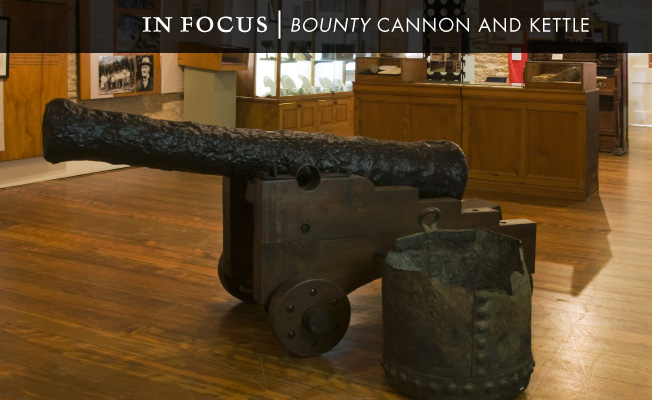
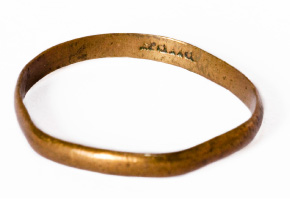
The Bounty Ring
For a group of mutineers it is perhaps surprising that one of the first things they wanted to do on arrival at Pitcairn was marry their Tahitian girlfriends. The only person to possess a ring was Edward Young. His ring, now called the Bounty ring, was used to marry every couple and then the first generation of Pitcairn Islanders till the 1830s when it was lost. In 1940 it was found in an area close to where it was last seen and the Chief Magistrate and owner of the land certified it as the lost Bounty ring.
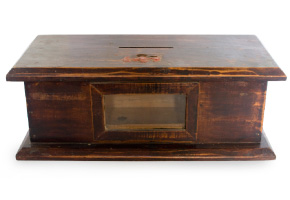
Ballot Box
This ballot box was used between 1896 and 1903. The use of referendums on Norfolk Island is a strong tradition which continues today. In 1986 the question of introducing television was put to the community, “Would television as proposed by the Norfolk Island Government be good for Norfolk Island?” (Yes: 489, No: 476). In 2002 the question put was “Do you support the introduction of a Digital Mobile Phone Telephone System in Norfolk Island?” (Yes: 356, No:607). Despite a ‘no’ vote win, they were introduced in 2007.
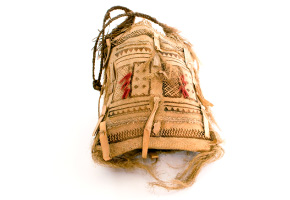
Bag from the Melanesian Mission
A Melanesian Mission was established by the Anglican Church of New Zealand, operating between 1866 and 1919. The aim was to train young Melanesians who would then act as missionaries in their own communities. Many beautifully crafted artefacts are in the collection from woven bags, wall hangings and hair pieces, to ear and nose ornaments, tapa cloths and shell crafted jewellery. They are vivid reminders of their former homelands and lives.
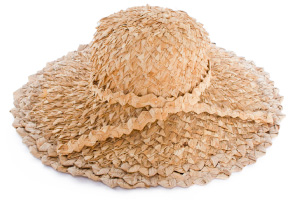
Bounty Hat
Plaiting was one of the traditional crafts brought to Norfolk with the Pitcairn Islanders. Since then Norfolk Islanders have creatively used local materials such as moooo, banana bark or rahooloo, corn husk and drain flax. Today there are a growing number of locals plaiting items such as hats, mats and bags which are available for sale at local shops and the markets. A mass of hats are always seen at Bounty Day celebrations on the 8th June each year.
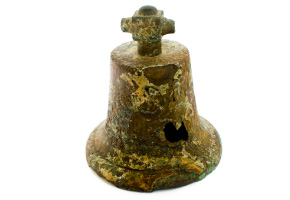
Bell from The Resolution
The Islanders early attempts to export fresh produce often failed due to a reliance on external shipping. Attempts to control this saw the purchase of a boat, which was sadly lost in a cyclone with all hands on board. A boat was then locally made by the community and launched in 1925 - “The Resolution”. On her first journey she was becalmed and all cargo spoiled. She continued to make slow journeys and debts accumulated. The decision to sell her a few short years later would have been devastating to the community.
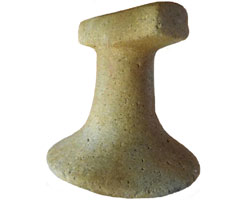
Food (poi) pounder from the HMS Pandora
On loan from the Queensland Museum Collection.
The Pandora was the ship sent to capture the Bounty mutineers that wrecked on the Great Barrier Reef in 1791. On board were 14 mutineers, four of whom lost their life in the wrecking.
This Polynesian stone food pounder is on loan from the Queensland Museum Collection and is thought to have belonged to one of the mutineers. Found on the wreck site of the Pandora this object provides a tangible link between the mutineers who stayed behind in Tahiti and were subsequently captured, and those that sailed on to find freedom on Pitcairn Island eventually becoming the forefathers of many on Norfolk today.




